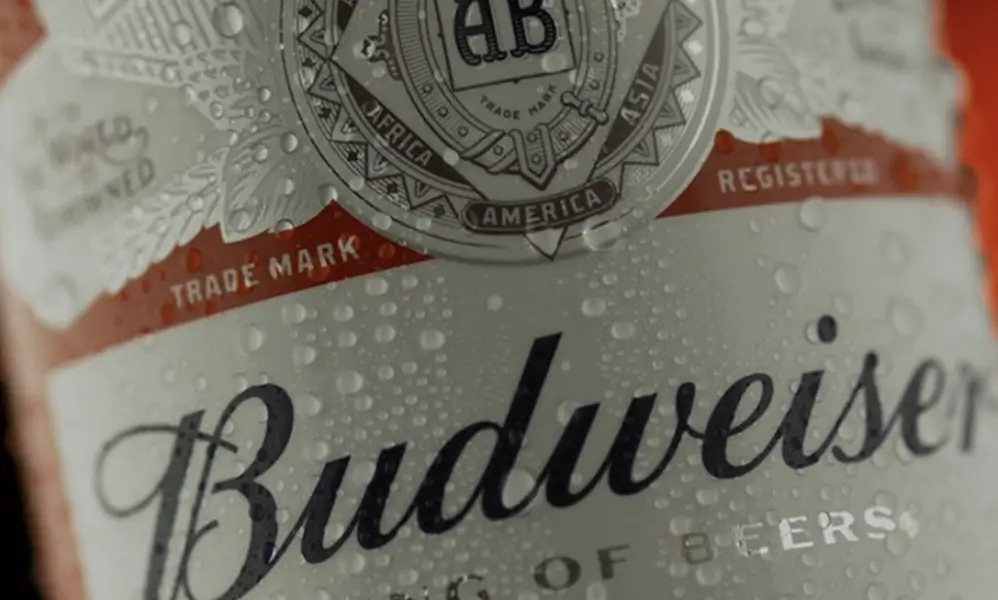
Budweiser: Unveiling the Time-Honored Brewing Process and Signature Ingredients
For generations, Budweiser has stood as a symbol of American brewing tradition, capturing the hearts of beer enthusiasts worldwide with its distinct flavor and quality. The iconic beer is the product of a meticulous brewing process and carefully selected ingredients that have remained consistent since its inception. In this blog post, we’ll take you on a journey behind the scenes of Budweiser’s brewing process and unveil the key ingredients that create the unmistakable taste of this beloved beer.
The Brewing Process:
Budweiser’s brewing process is a labor of love that combines time-honored techniques with modern technology to achieve the perfect balance of flavors. Here are the key steps in the brewing process:
1. Malting: The process begins with malted barley, the primary grain used in Budweiser. The barley is soaked in water and allowed to germinate, converting the starches into fermentable sugars. Once germination is complete, the barley is dried to halt the process.
2. Mashing: The dried malted barley is ground into a coarse powder called grist. The grist is then mixed with hot water in a large vessel called a mash tun, creating a mash. This process allows the sugars from the malt to dissolve into the water, forming a sweet liquid called wort.
3. Boiling: The wort is transferred to a brew kettle and boiled, during which hops are added. Hops are the flowers of the hop plant and contribute bitterness, aroma, and flavor to the beer. Budweiser uses a blend of hops to achieve its characteristic balance of bitterness and aroma.
4. Fermentation: After boiling, the wort is cooled and transferred to fermentation tanks. Yeast, a microorganism, is added to the cooled wort, and fermentation begins. During fermentation, yeast converts the sugars in the wort into alcohol and carbon dioxide, resulting in beer.
5. Aging and Conditioning: Budweiser undergoes a period of aging and conditioning to allow the flavors to mellow and mature. This stage is essential in achieving the beer’s smooth taste.
6. Filtration and Carbonation: The beer is filtered to remove any remaining yeast and sediment, resulting in a clear and bright liquid. Carbonation is then added to give Budweiser its lively effervescence.
7. Packaging: The final step involves packaging the beer into bottles, cans, or kegs, ready to be enjoyed by beer enthusiasts around the world.
Signature Ingredients:
Budweiser’s distinctive taste is a result of carefully selected ingredients that have remained consistent throughout its history. The key ingredients in Budweiser include:
1. Barley Malt: The foundation of Budweiser’s flavor, barley malt provides the beer’s signature sweetness and body.
2. Hops: Budweiser uses a combination of domestic and imported hops to impart the right balance of bitterness and aroma.
3. Water: Water is a crucial component in brewing, and Budweiser uses high-quality water to create a clean and refreshing taste.
4. Yeast: The yeast used in Budweiser’s fermentation process plays a vital role in converting sugars into alcohol and carbon dioxide, creating the beer’s alcoholic content and natural carbonation.
Conclusion: Brewing Excellence in Every Sip
Budweiser’s brewing process and signature ingredients are a testament to the commitment to quality and tradition that has made it an enduring favorite among beer enthusiasts. From the malting of barley to the addition of hops and yeast, every step in the process is carefully orchestrated to achieve the perfect balance of flavors that define Budweiser’s character. So, the next time you enjoy a cold Budweiser, take a moment to appreciate the craftsmanship and passion that goes into creating this iconic American lager. Cheers to brewing excellence!






